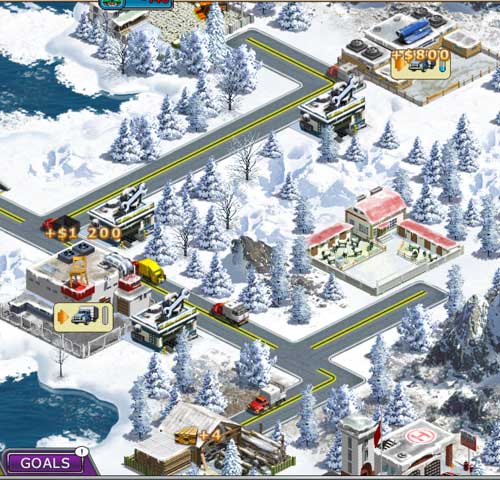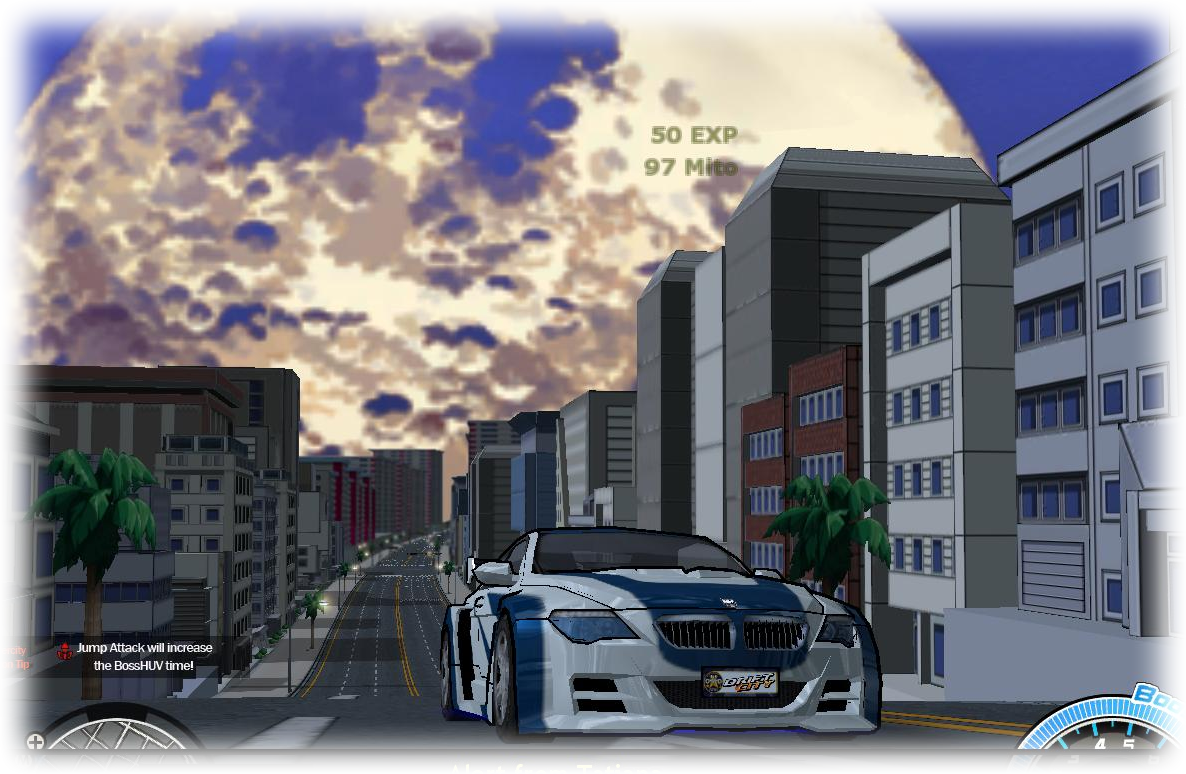
Fire, police, ambulance, and education institutions need to be placed within a certain distance of the neighborhood they’ll serve.

Solar and wind are less efficient, but there’s nothing better for the environment. Nuclear is expensive, but offers tremendous power in exchange for a little bit of risk and waste. Power can come from traditional coal, but that’s messy. Piping from the local stream carries water from a pump, but be sure to place your “used” water return downstream, lest your people “involuntarily recycle” toilet water. Simple, right?Īs your city grows you’ll need supporting infrastructure. The industry that acts as your city’s primary income comes from your industrial zones, generating the most taxes. Commercial spaces satisfy these types of needs. Once your people have a place to live, they’ll need places to shop. It’s crucial that you give a care as to how much room you leave for expansion as larger buildings require more space. Selecting industrial, commercial, or residential, you’ll “paint” the portions of your city that you’d like to correspond to each structure type. With your arteries laid out, it’s time to place your first districts. Essentially, do the opposite of any real-world city, and give some thought to traffic, road width, and where you might expand various portions of your burgeoning hamlet. It all starts with placing roads, pre-planning how your citizens will move around your city. If you are unfamiliar with city builders like Cities, Skylines or otherwise, the objectives are simple on the surface, as are the mechanics. But what if you could do all of it from a brand new perspective? Cities: VR looks to do exactly that, putting players directly into their own municipal sandbox and turning them loose. Hitting milestones gives you more tools to play with, letting you expand your city and subsequently manage it according to your whims.

And just like the pancake-screen version, you’ll unlock additional buildings and options by bringing in as many people as you can to grow your fledgling city. Just like its bigger brother, the game starts with some short tutorials to show you how the various mechanics work. Well, what if you could get into the city building action in virtual reality? Let’s pop on our Oculus Quest 2 and find out if Cities: VR is a skyscraper or if we should declare this game condemned.ĭeveloped by Fast Travel Games (developers of the excellent VR music maker, Virtuoso), Cities: VR is a slimmed down version of Cities: Skylines. EA’s SimCity 2013 has one huge feather in its cap - it inspired developer Colossal Order to make the far-superior Cities: Skylines! Chock full of awesome city building action, the game has a metric ton of expansion packs and will easily eat up your time like so much candy.


 0 kommentar(er)
0 kommentar(er)
